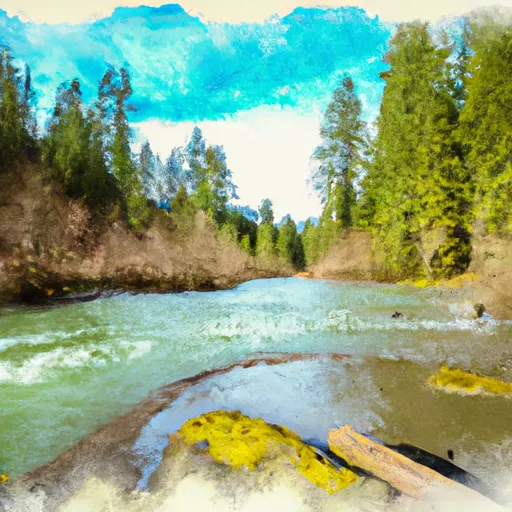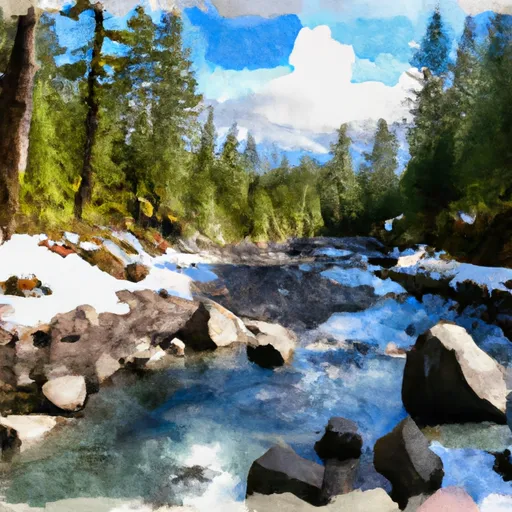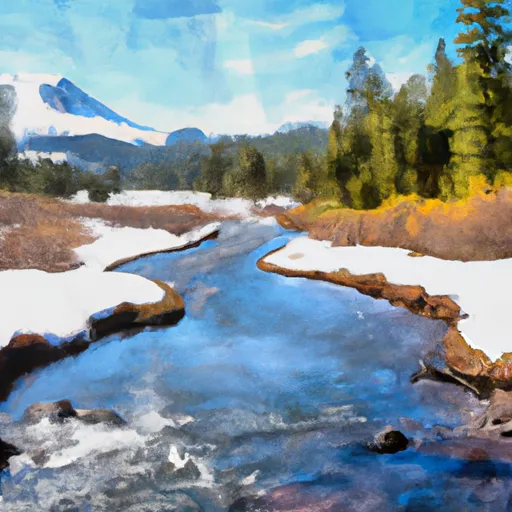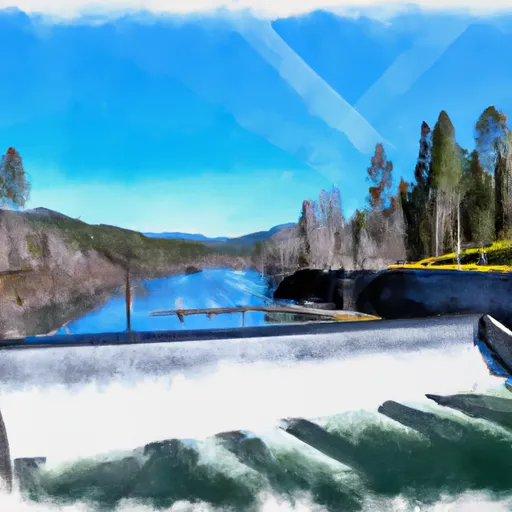Summary
Total streamflow across the
Clackamas River
was last observed at
20,110
cfs, and is expected to yield approximately
39,888
acre-ft of water today; about 109%
of normal.
Average streamflow for this time of year is
18,460 cfs,
with recent peaks last observed
on
2025-12-19 when daily discharge volume was observed at
154,200 cfs.
Maximum discharge along the river is currently at the
Clackamas River Near Oregon City
reporting a streamflow rate of 9,980 cfs.
This is also the highest stage along the Clackamas River, with a gauge stage of
29.3 ft at this location.
This river is monitored from 3 different streamgauging stations along the Clackamas River, the highest being situated at an altitude of 1,148 ft, the
Clackamas River Above Three Lynx Creek.
River Details
| Last Updated | 2025-12-22 |
| Discharge Volume | 39,888 ACRE-FT |
| Streamflow |
20,110.0 cfs
-7690.0 cfs (-27.66%) |
| Percent of Normal | 108.94% |
| Maximum |
154,200.0 cfs
2025-12-19 |
| Seasonal Avg | 18,460 cfs |
River Streamflow Levels
| Streamgauge | Streamflow | Gauge Stage | 24hr Change (%) | % Normal | Minimum (cfs) | Maximum (cfs) | Air Temp | Elevation |
|---|---|---|---|---|---|---|---|---|
|
Clackamas River Above Three Lynx Creek
USGS 14209500 |
4340 cfs | 4.56 ft | -18.88 | |||||
|
Clackamas River At Estacada
USGS 14210000 |
5790 cfs | 14.55 ft | -27.17 | |||||
|
Clackamas River Near Oregon City
USGS 14211010 |
9980 cfs | 29.3 ft | -31.17 |
Seasonal Discharge Comparison
Maximum Streamflow Discharge
Streamflow Elevation Profile
The Clackamas River is an approximately 83-mile (134 km) tributary of the Willamette River in northwestern Oregon, in the United States. Draining an area of about 940 square miles (2,435 km2), the Clackamas flows through mostly forested and rugged mountainous terrain in its upper reaches, and passes agricultural and urban areas in its lower third.
The river rises in eastern Marion County, about 55 miles (89 km) east-southeast of Salem. The headwaters are on the slopes of Olallie Butte in the Mount Hood National Forest, about 10 miles (16 km) north of Mount Jefferson, at an elevation of 4,909 feet (1,496 m) in the Cascade Range. The Clackamas flows briefly north and then flows northwest through the mountains, passing through North Fork Reservoir and Estacada. It then emerges from the mountains southeast of Portland. It joins the Willamette near Oregon City and forms the boundary between Oregon City and Gladstone.
The Clackamas provides hydroelectric power and drinking water for some of the Portland metropolitan area, and it supports runs of Coho salmon, spring and fall Chinook salmon, and summer and winter steelhead. The river's old-growth forests, its habitat for several species of birds, its healthy fish runs, and the recreational opportunities that it provides—such as fishing and whitewater rafting—led to the designation of more than half of the length of the river into the National Wild and Scenic Rivers System (NWSRS). This environment also allowed Native Americans to settle in the river's basin as early as 10,000 years ago.
Regulation of the river began in 1905 with the Cazadero Dam. In 1912, the River Mill Dam intercepted wood and coarse sediment. Later dams at North Fork, Oak Grove, Stone Creek, and Timothy Lake also intercepted wood sediment on the lower river.

 Breitenbush Lake To Confluence With North Fork Breitenbush River
Breitenbush Lake To Confluence With North Fork Breitenbush River
 Mt. Jefferson Wilderness Boundary To Confluence With Breitenbush River
Mt. Jefferson Wilderness Boundary To Confluence With Breitenbush River
 Russel Lake To Mt. Jefferson Wilderness Boundary
Russel Lake To Mt. Jefferson Wilderness Boundary
 Timothy Lake Dam To Slackwater Of Harriet Lake
Timothy Lake Dam To Slackwater Of Harriet Lake